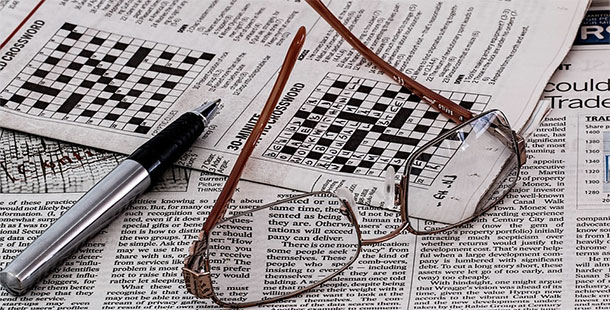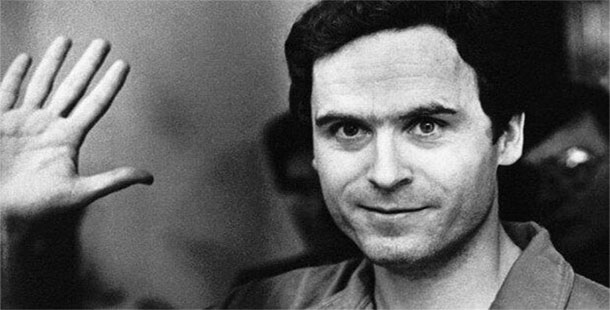Throughout history, numerous discoveries have tremendously enhanced our living standards and deepened our comprehension of our surroundings. It’s quite challenging, if not entirely impossible, to grade these discoveries based on their significance. Nonetheless, it’s unmistakable that certain discoveries have radically transformed our lives. Instances of such landmark discoveries range from penicillin and the screw pump to X-rays and electricity. Let’s delve into the 25 Most Monumental Scientific Discoveries in Human History.

Feature Image: shutterstock
Penicillin
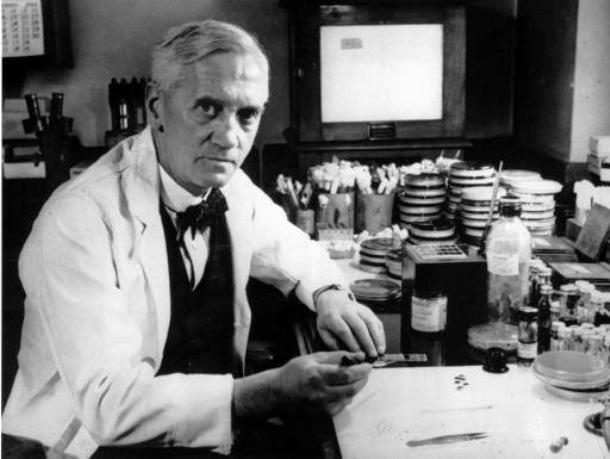 Source: prezi.com, image: https://en.wikipedia.org (public domain)
Source: prezi.com, image: https://en.wikipedia.org (public domain) If Alexander Fleming, Scottish scientist, had not discovered penicillin, the first antibiotics, in 1928, we would probably be still dying from things such as stomach ulcers, tooth abcesses, strep throat and scarlet fever, staph infections, lyme disease, leptospirosis etc.
Mechanical Clock
 Source: vendian.org, image: https://pixabay.com (public domain)
Source: vendian.org, image: https://pixabay.com (public domain) There is certain controversy as to what the first mechanical clock was, but it is usually considered to be the clock created by Chinese monk and mathematician I-Hsing in 723 A.D. This groundbreaking discovery allowed us to quantify time.
Copernican Heliocentrism
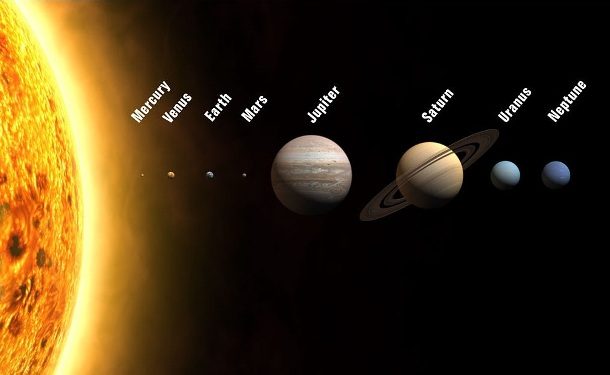 Source: factmonster.com
Source: factmonster.com In 1543, while on his deathbed, Polish astronomer Nicholas Copernicus published his theory that the Sun is at the center of the solar system with the planets revolving around it. Before that, astronomers believed the Earth was at the center of the universe.
Blood Circulation
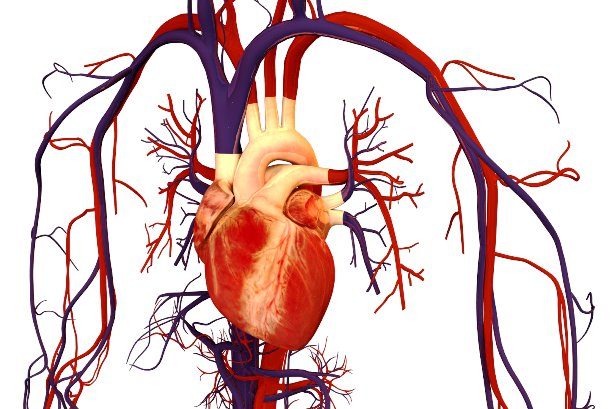 Source: Wikipedia
Source: Wikipedia One of the most important discoveries in medicine, the discovery of blood circulation is credited to the English physician William Harvey who, in 1628, was the first person to completely describe the systemic circulation and properties of blood being pumped to the brain and body by the heart.
Screw Pump
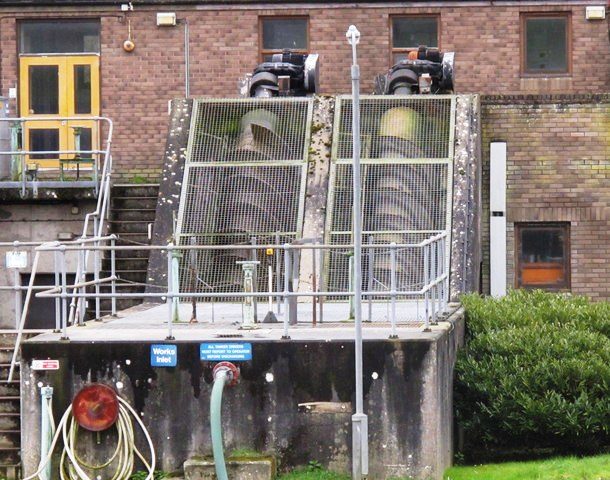 Source: theantlantic.com
Source: theantlantic.com One of the most significant Ancient Greek scientists, Archimedes is believed to have designed one of the first water pumps, a rotating corkscrew that pushed water up a tube. It transformed irrigation and remains in use today at many sewage-treatment plants.
Gravity
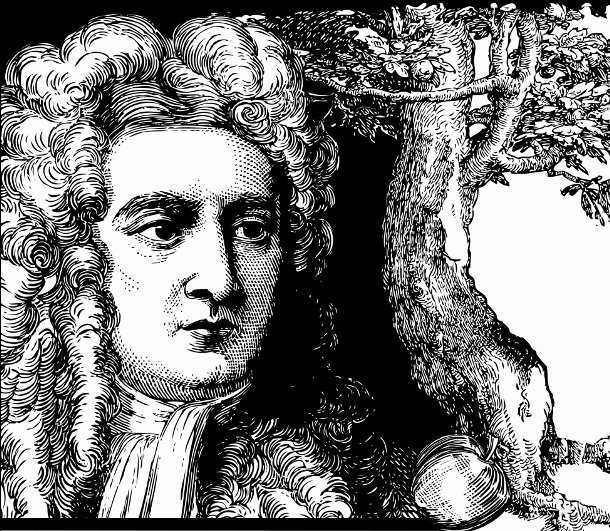 Source: smashinglists.com, image: https://commons.wikimedia.org (public domain)
Source: smashinglists.com, image: https://commons.wikimedia.org (public domain) It is a well-known story – Isaac Newton, famous English mathematician and physicist, discovered gravity after an apple fell on his head in 1664. His discovery explained why things fall down and why the planets revolved around the Sun.
Pasteurization
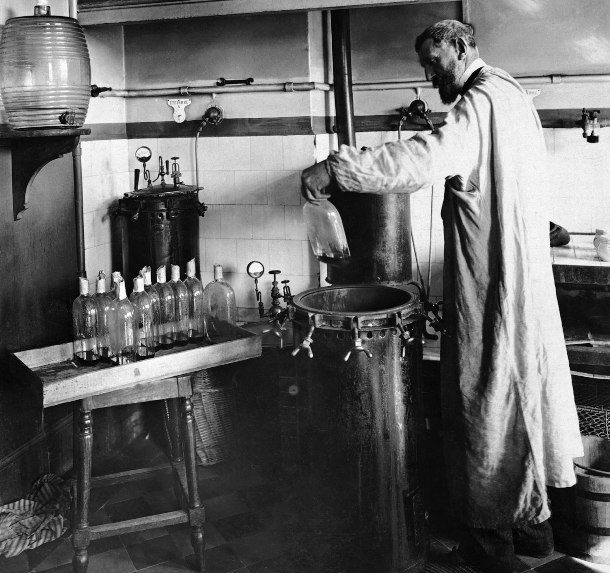 Source: britannica.com, image: https://commons.wikimedia.org (public domain)
Source: britannica.com, image: https://commons.wikimedia.org (public domain) Discovered by the French scientist Louis Pasteur in the 1860’s, pasteurization is a heat-treatment process that destroys pathogenic microorganisms in certain foods and beverages such as wine, beer, and milk. This discovery has had tremendous effects on public health.
Steam Engine
 Source: his.com, image: https://pixabay.com (public domain)
Source: his.com, image: https://pixabay.com (public domain) It is common knowledge that modern civilization was forged in the factories of the industrial revolution that were powered by the steam engine. The steam engine was not so much invented as developed over a period of about a hundred years by 3 British inventors: Thomas Savery, Thomas Newcomen and – most famously – James Watt.
Air Conditioning
 Source: slate.com
Source: slate.com Primitive air conditioning systems have existed since the ancient times, but it was not until 1902 when the very first modern electrical air conditioning unit was invented by a young engineer named Willis Carrier in Buffalo, New York.
Electricity
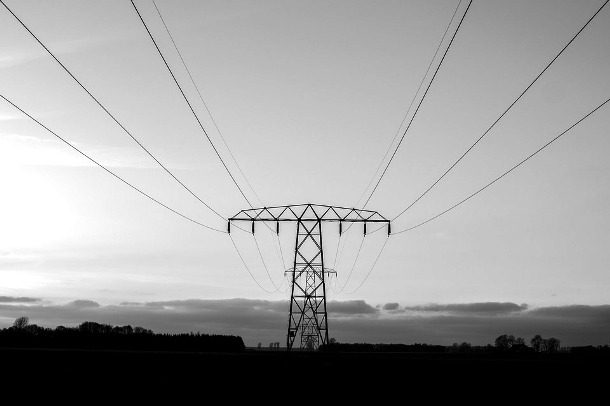 Source: factmonster.com, image: https://pixabay.com (public domain)
Source: factmonster.com, image: https://pixabay.com (public domain) The life-changing discovery of electricity is attributed to the English scientist Michael Faraday. His main discoveries include the principles underlying electromagnetic induction, diamagnetism, and electrolysis. Faraday’s experiments also created the first generator, the forerunner of the huge generators that produce our electricity.
DNA
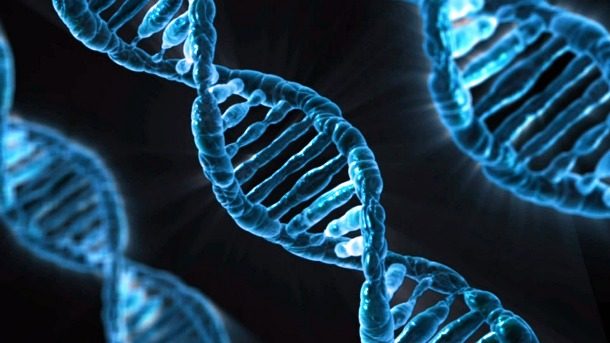 Source: nature.com, image: https://pixabay.com (public domain)
Source: nature.com, image: https://pixabay.com (public domain) Many people believe that American biologist James Watson and English physicist Francis Crick discovered DNA in the 1950’s, but in fact, it was first identified in the late 1860’s by Swiss chemist Friedrich Miescher. Then, in the decades following Miescher’s discovery, other scientists carried out many research studies that helped us understand how organisms pass on their genes and how the workings of cells are governed.
Anesthesia
 Source: medicaldiscoverynews.com, image: https://commons.wikimedia.org (public domain: author's life +70 years or less)
Source: medicaldiscoverynews.com, image: https://commons.wikimedia.org (public domain: author's life +70 years or less) Crude forms of anesthesia such as opium, mandrake, and alcohol were used as early as 70 AD, but it was not until 1847 when American surgeon Henry Bigelow established ether and chloroform as first general anesthetics, making painful surgeries much more bearable.
Theory of Relativity
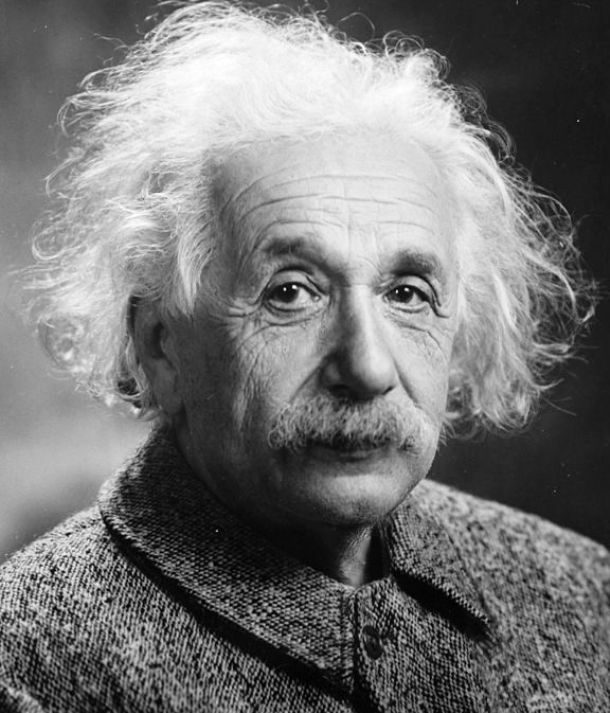 Source: "Time, Space, and Gravitation“ via Wikipedia, image: https://commons.wikimedia.org (public domain: published between 1923 & 1963)
Source: "Time, Space, and Gravitation“ via Wikipedia, image: https://commons.wikimedia.org (public domain: published between 1923 & 1963) Encompassing two interrelated theories by Albert Einstein – special relativity and general relativity – the theory of relativity (published in 1905) transformed theoretical physics and astronomy during the 20th century, superseding a 200-year-old theory of mechanics created primarily by Newton. This theory became the foundation for much of modern science.
X-Rays
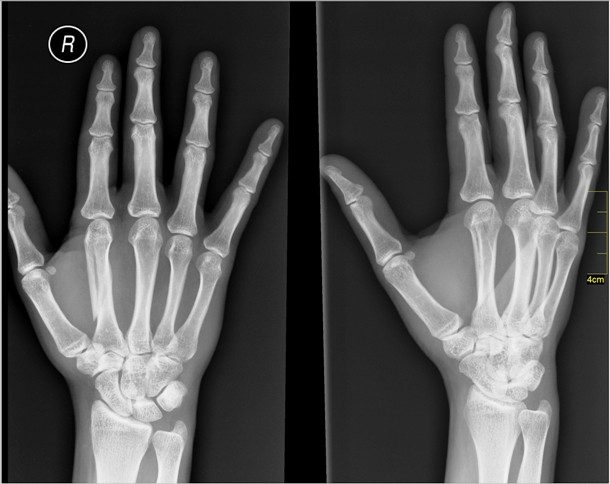 Source: nobelprize.org
Source: nobelprize.org German physicist Wilhelm Conrad Rontgen discovered X-rays in 1895 when he was studying the phenomena accompanying the passage of an electric current through a gas of extremely low pressure. For this ground-breaking discovery, Roentgen was awarded the first-ever Nobel Prize in Physics in 1901.
Telegraph
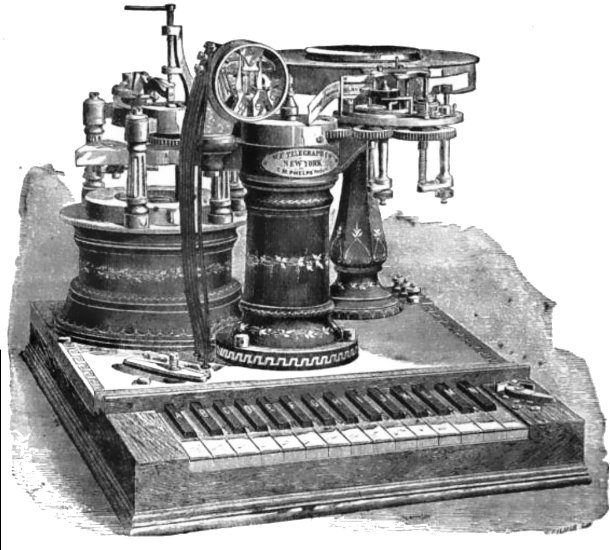 Source: "Edward Davy" via Wikipedia, image: https://en.wikipedia.org (public domain: published before 1923)
Source: "Edward Davy" via Wikipedia, image: https://en.wikipedia.org (public domain: published before 1923) Since as early as 1753, many experimenters worked on the application of electricity to communications at a distance, but it was not until 1835 when Joseph Henry and Edward Davy invented the critical electrical relay that helped them create the very first telegraph two years later.
Periodic Table
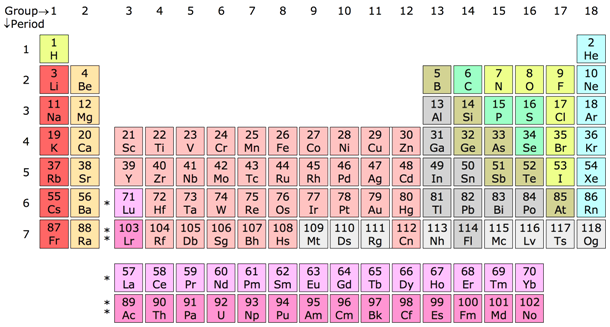 Source: factmonster.com
Source: factmonster.com In 1869, Russian chemist Dmitry Mendeleev noticed that, when arranged by atomic weight, the chemical elements lined up to form groups with similar properties. With this knowledge, he was able to create the first periodic table, one of the most important discoveries in chemistry.
Infrared
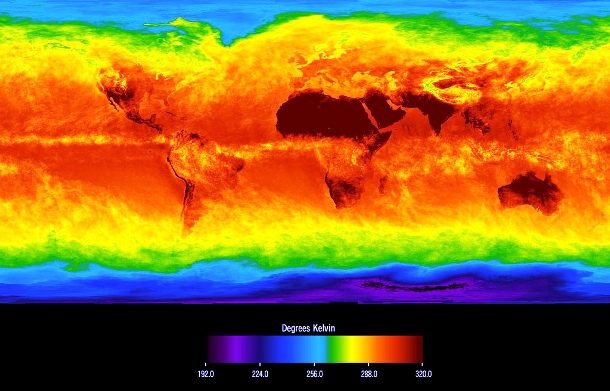 Source: http://herschel.cf.ac.uk
Source: http://herschel.cf.ac.uk Infrared radiation was discovered by British astronomer William Herschel in 1800 when he was studying the heating effect of different colors of light by using a prism to produce a spectrum of colors and thermometers to measure their heating effect. These days, infrared is used in many areas including tracking, heating, meteorology, astronomy etc.
Nuclear Magnetic Resonance
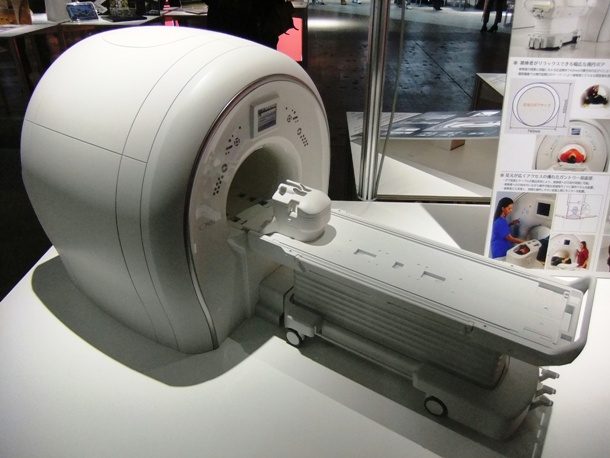 Source: nobelprize.org
Source: nobelprize.org Now used as a very accurate and efficient diagnostic tool in medicine, nuclear magnetic resonance was first described and measured in molecular beams by American physicist Isidor Rabi in 1938. He was awarded the Nobel Prize in Physics for this discovery in 1944.
Moldboard Plow
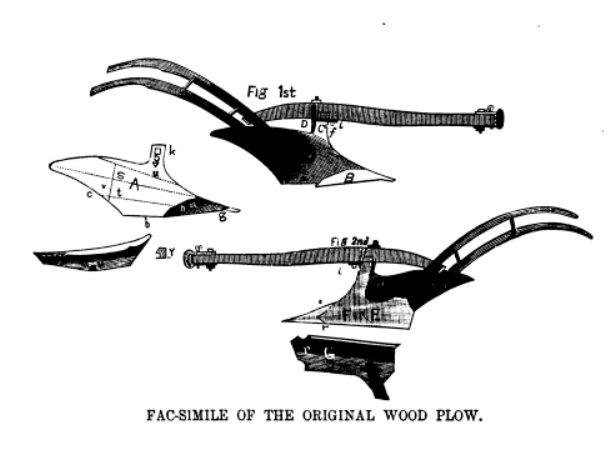 Source: theatlantic.com, image: https://commons.wikimedia.org (public domain: published before 1923)
Source: theatlantic.com, image: https://commons.wikimedia.org (public domain: published before 1923) Invented in the 18th century, the moldboard plow was the first plow that not only dug soil up but turned it over, allowing for the cultivation of harder ground. Without it, agriculture as we know it would not exist in northern Europe or the American Midwest.
Camera Obscura
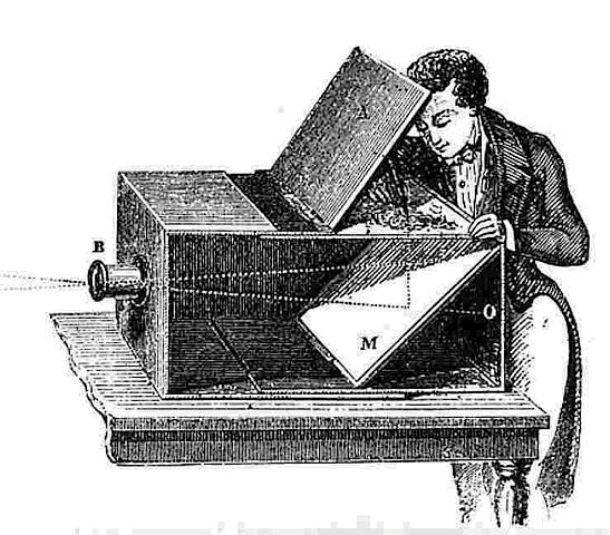 Source: http://physics.kenyon.edu, image: https://commons.wikimedia.org (public domain: authors life + 70 years)
Source: http://physics.kenyon.edu, image: https://commons.wikimedia.org (public domain: authors life + 70 years) The forerunner of the modern camera, Camera Obscura (meaning dark room), was an optical device used by artists to make quick sketches in the field. The principle of use of a pinhole in a window blind to form an inverted image of an outside scene on an opposite wall of a dark room has been known for centuries, but in 1568, Venetian Daniel Barbaro replaced the pinhole with converging lens.
Paper
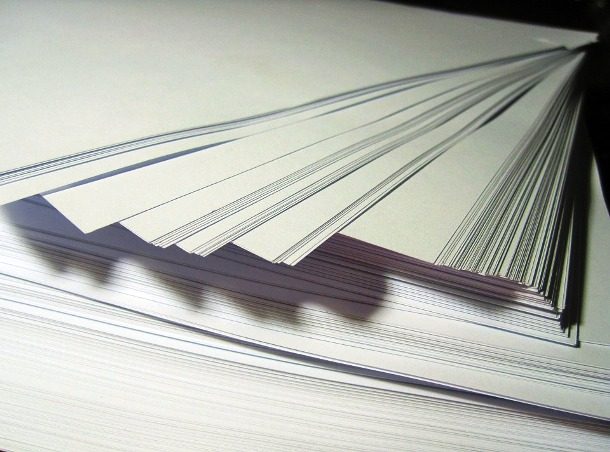 Source: Tsien via Wikipedia.org, image: https://pixabay.com (public domain)
Source: Tsien via Wikipedia.org, image: https://pixabay.com (public domain) Although contemporary precursors such as papyrus and amate existed in the Mediterranean world and pre-Columbian Americas, respectively, these materials are not defined as true paper. The first papermaking process was documented in China during the Eastern Han period (25-220 AD), traditionally attributed to the court official Cai Lun.
Teflon
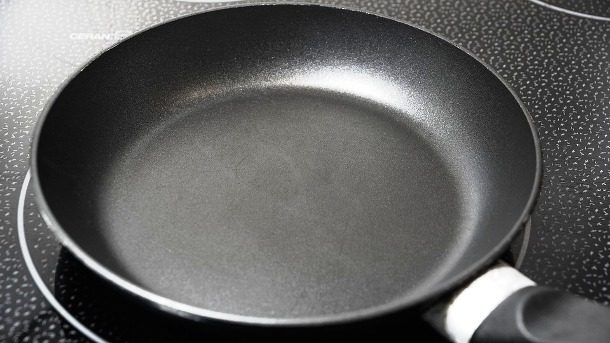 Source: popularmechanics.com, image: https://pixabay.com (public domain)
Source: popularmechanics.com, image: https://pixabay.com (public domain) The material that most nonstick cookware is now made of was actually discovered by accident as American chemist Roy Plunkett was looking for a replacement for then refrigerants to make refrigerators more home friendly. During one of his experiments, he discovered a strange, slippery resin that later became known as Teflon.
Theory of Evolution by Natural Selection
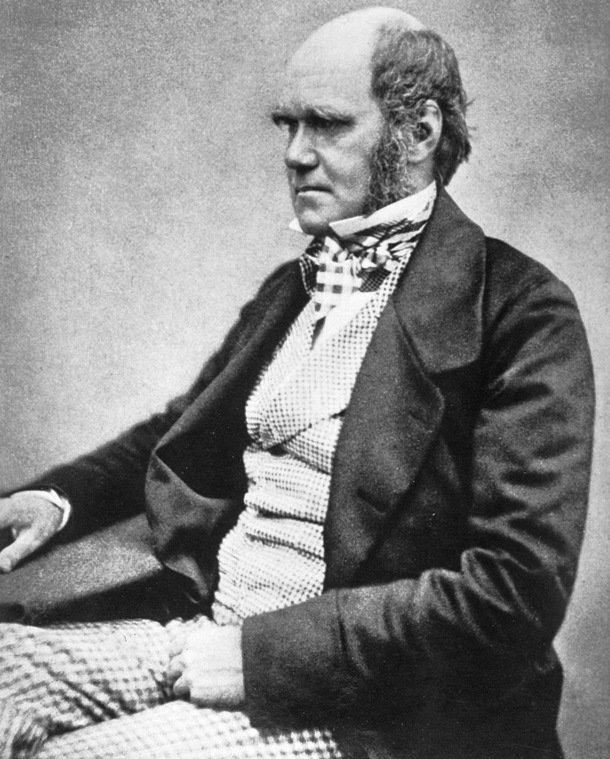 Source: Darwin 1958 via Wikipedia, image: https://commons.wikimedia.org (public domain: published before 1923)
Source: Darwin 1958 via Wikipedia, image: https://commons.wikimedia.org (public domain: published before 1923) Inspired by the observation he made on the second survey voyage of the Beagle (1831 – 1836), Charles Darwin begin to develop what later became known as the theory of evolution by natural selection – the key mechanism of evolution.
Liquid Crystals
 Source: “Beiträge zur Kenntniss des Cholesterins" via Wikipedia
Source: “Beiträge zur Kenntniss des Cholesterins" via Wikipedia If Austrian botanical physiologist Friedrich Reinitzer had not discovered liquid crystals while examining the physico-chemical properties of various derivatives of cholesterol back in 1888, there would be no LCD TVs these days.
Polio Vaccine
 Source: history.com, image: https://www.flickr.com/photos/cdcglobal/8190819087
Source: history.com, image: https://www.flickr.com/photos/cdcglobal/8190819087 On March 26, 1953, American medical researcher Jonas Salk announced that he had successfully tested a vaccine against poliomyelitis, the virus that causes the crippling disease of polio. In 1952, an epidemic year for polio, there were 58,000 new cases reported in the US and more than 3,000 deaths caused by the disease.
Enjoy this post? Check out 25 Most Fascinating Scientific Discoveries Of 2015.
Lists Going Viral Right Now
Photos: 23. WP, Planets2013, CC BY-SA 3.0, 22. Bryan Brandenburg, 21. David Hawgood via geographic.org.uk, 17. Ildar Sagdejev (Specious), 2008-07-11 Air conditioners at UNC-CH, CC BY-SA 4.0, 12. © Nevit Dilmen, Medical X-Ray imaging FKJ04 nevit, CC BY-SA 3.0, 10. Sandbh, 18 column periodic table, with Lu and Lr in group 3, CC BY-SA 4.0, 9. AIRS via flickr, CC BY 2.0, 8. Mj-bird, HITACHI, Magnetic Resonance Imaging System, ECHELON OVAL,, CC BY-SA 3.0, 2. William Hook via flickr, CC BY-SA 2.0, 1. GDC Global via flickr, CC BY 2.0

